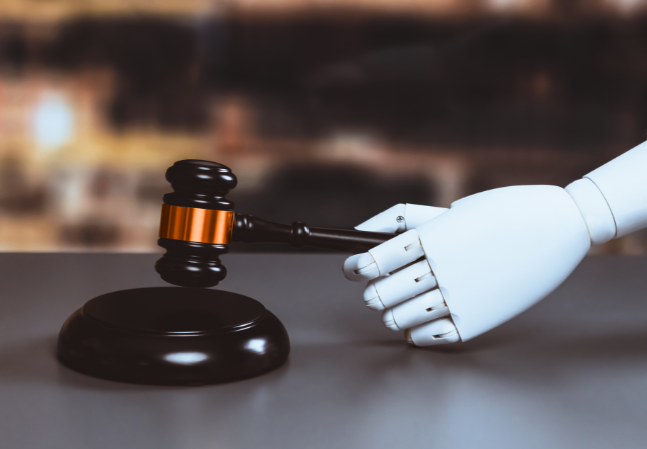Welcome! Save 30% on all CLE, CPE, and Professional Skills webinars, plus 15% off any annual pass with code HOLIDAY25
About the Course
Introduction
This CLE webinar will discuss President Trump's new Executive Order (EO) aimed at strengthening the cybersecurity of federal networks and critical infrastructure. The panel will review the key directives of the new EO and their implications and provide guidance for counsel advising clients on cybersecurity risk management.
Description
On June 6, 2025, President Trump issued a cybersecurity EO titled "Sustaining Select Efforts to Strengthen the Nation's Cybersecurity," along with a corresponding fact sheet. The new EO defines the Trump administration's cyber initiatives and rescinds or modifies portions of previous administrations' EOs while leaving their overall frameworks mostly intact.
Some of the EO's key initiatives include: rolling back security requirements for federal software providers; advancing secure software development by establishing new transparency and security in third-party supply chains; emphasizing that China is the biggest threat to U.S. cybersecurity and outlining measures where the government will enhance secure technology practices; requiring federal agencies to continue to improve network visibility and strengthen cloud configurations; eliminating digital identity directives; increasing the scale of AI threat detection techniques and automating a cyber defense; and implementing sanctions to combat significant malicious cyber-enabled activities.
Listen as our authoritative panel discusses the new cybersecurity EO and provides insights on what these mandates mean for clients engaging with the federal government and maintaining cybersecurity protocols.
Presented By

Mr. Austin advises clients on breach response, data privacy, information security, and regulatory compliance related to domestic and international privacy laws and regulations, including the General Data Protection Regulation (GDPR), California Consumer Privacy Act (CCPA), Virginia Consumer Data Protection Act (VCDPA), and the Health Insurance Portability and Accountability Act (HIPAA). He is a Certified Information Privacy Professional with expertise in both U.S. and European law (CIPP/US & CIPP/E) by the International Association of Privacy Professionals (IAPP).

-
This 90-minute webinar is eligible in most states for 1.5 CLE credits.
-
Live Online
On Demand
Date + Time
- event
Wednesday, August 27, 2025
- schedule
1:00 p.m. ET./10:00 a.m. PT
I. Overview: takeaways from the Trump cybersecurity EO
II. Key sections of the EO
III. How the Trump EO differs from prior administrations' cybersecurity strategies
IV. Overlap in cybersecurity priorities between the Trump and Biden administrations
V. Impact of the EO for companies providing digital products and services to the federal government
VI. Steps companies should take to ensure compliance with the EO's directives
VII. Practitioner pointers
The panel will discuss these and other key considerations:
- What are the key takeaways regarding the Trump administration's cybersecurity priorities?
- How does the Trump EO modify or rescind previous administrations' EOs?
- How does the Trump EO alter the federal government's approach to cybersecurity?
- What steps should companies take regarding their cybersecurity risk management programs to ensure compliance with the new EO?
Unlimited access to premium CLE courses:
- Annual access
- Available live and on-demand
- Best for attorneys and legal professionals
Unlimited access to premium CPE courses.:
- Annual access
- Available live and on-demand
- Best for CPAs and tax professionals
Unlimited access to premium CLE, CPE, Professional Skills and Practice-Ready courses.:
- Annual access
- Available live and on-demand
- Best for legal, accounting, and tax professionals
Unlimited access to Professional Skills and Practice-Ready courses:
- Annual access
- Available on-demand
- Best for new attorneys
Related Courses

New California Cybersecurity and Data Privacy Laws: Increased Compliance Obligations; Heightened Enforcement Risks
Wednesday, January 7, 2026
1:00 PM E.T.
Recommended Resources

Explore the Advantages of Consistent Legal Language
- Learning & Development
- Business & Professional Skills
- Talent Development

The Power of Project Management: Using the 80/20 Rule in E-Discovery
- Legal Technology
- E-Discovery

